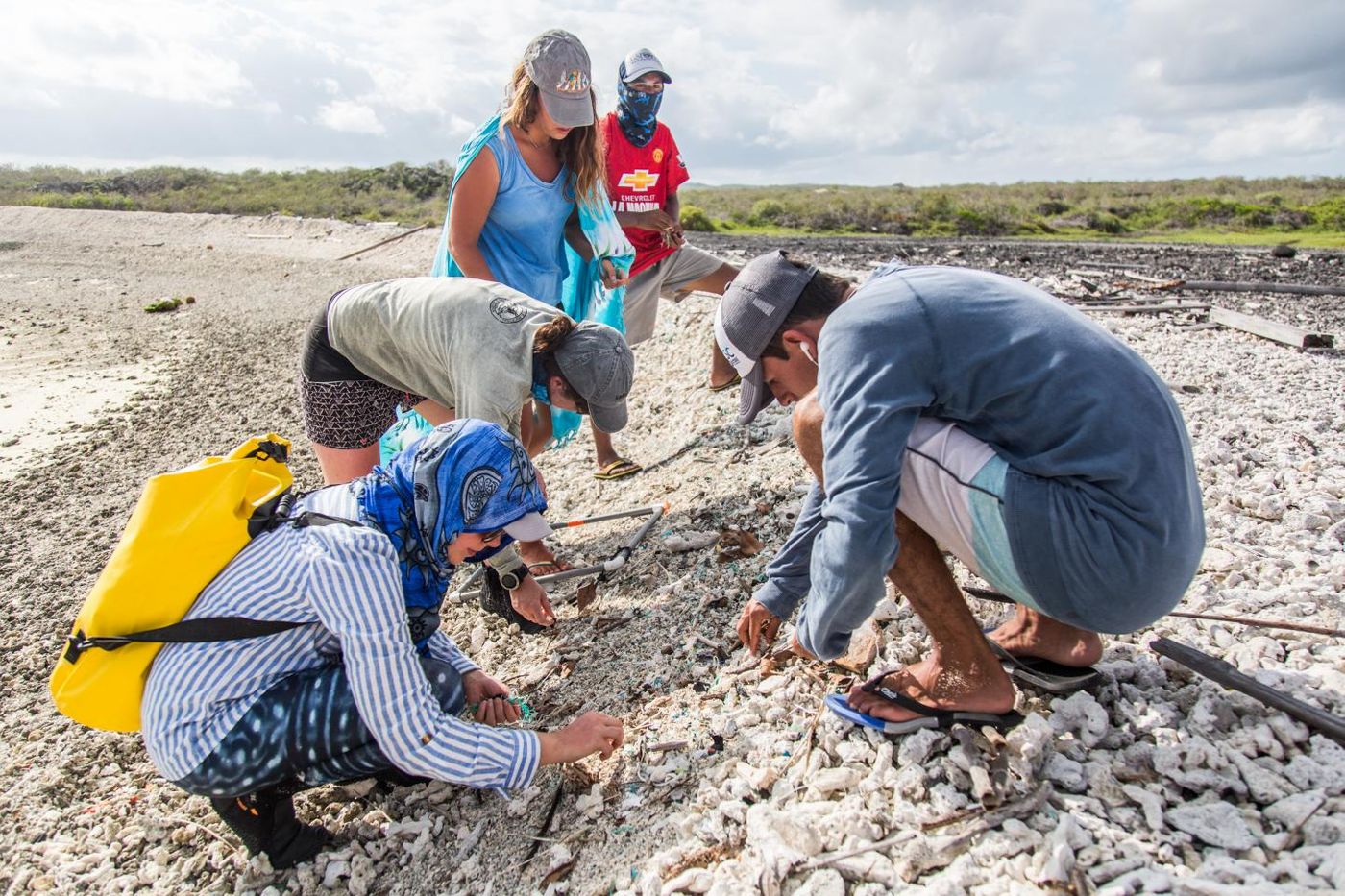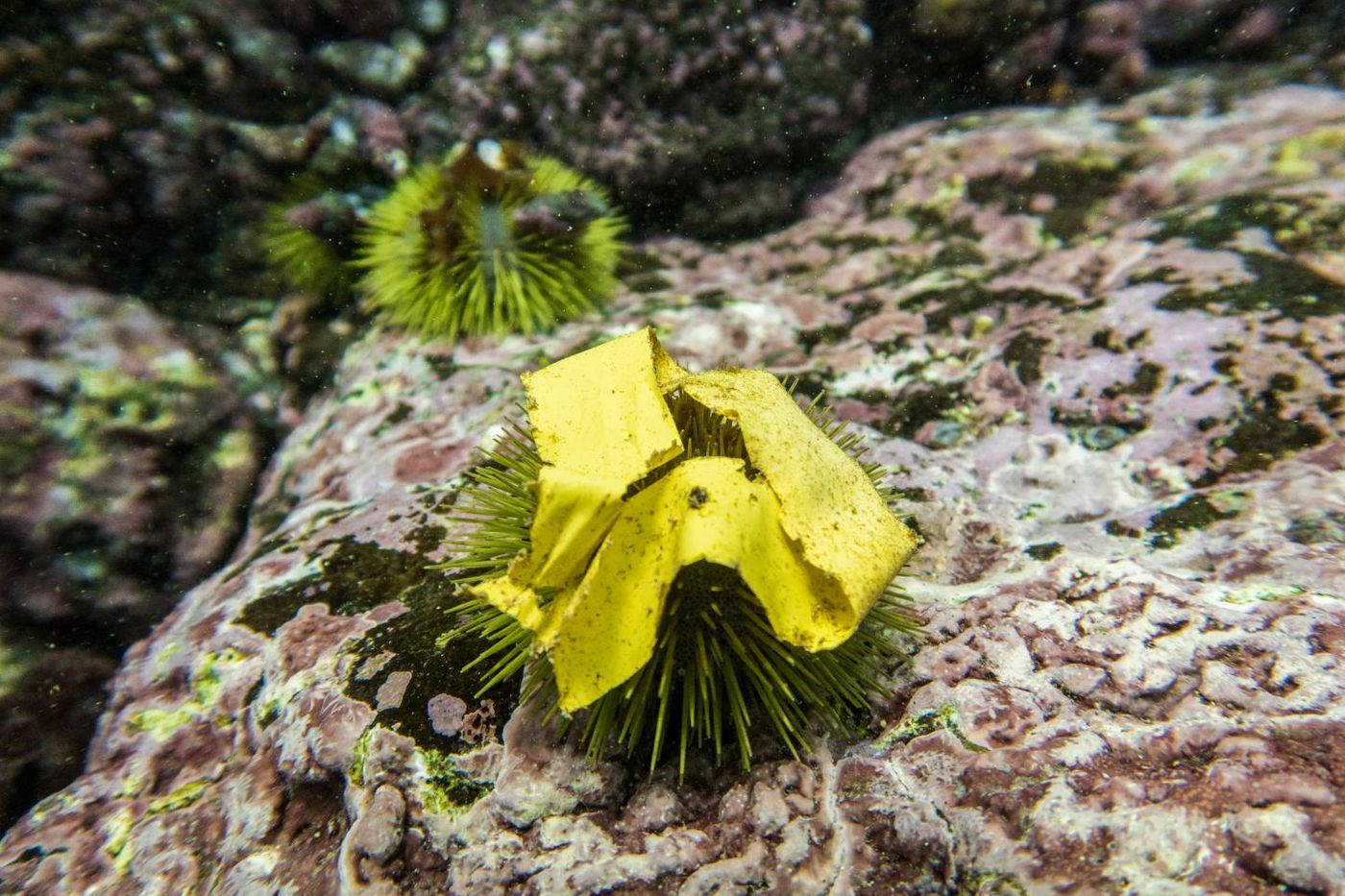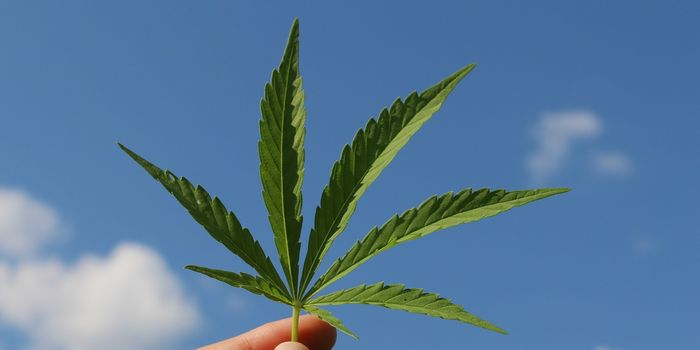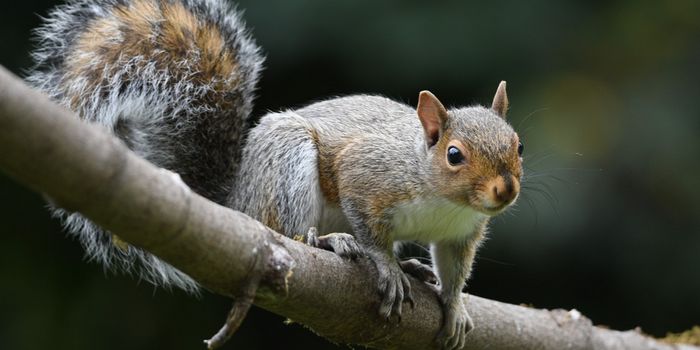Galapagos Animals and Beaches Are Polluted with Plastic
Plastic pollution, from the Great Pacific garbage patch to plastic showing up in the food chain, is known to be a major problem. Researchers have now found that even in pristine environments like the Galapagos Islands, there is a serious plastic problem. A team of scientists found plastic in marine animals, on beaches, and in the seawater of the marine habitats on San Cristobal Island of the Galapagos. In some of the worst locations, as many as 400 plastic particles were recovered from an area measuring only one square meter (about 32 square feet). More than half of marine invertebrates like sea urchins and barnacles also carried plastic particles in their bodies.
This research, which was reported in Science of the Total Environment, has suggested that the vast majority of the plastic found here came on ocean currents. Animals that are most at risk for ingesting plastics include whale sharks, scalloped hammerheads, sea lions, and sea turtles.
"The pristine image of Galapagos might give the impression that the islands are somehow protected from plastic pollution, but our study clearly shows that's not the case," said study author Dr. Ceri Lewis, of Exeter University's Global Systems Institute.
"The highest levels of plastic we found were on east-facing beaches, which are exposed to pollution carried across the eastern Pacific on the Humboldt Current. These east-facing beaches include Punta Pitt, a highly polluted site that is home to Godzilla marine iguanas which - like so much Galapagos wildlife - are found nowhere else in the world. There are less than 500 Godzilla marine iguanas in existence, and it's concerning that they are living alongside this high level of plastic pollution."
"[Marine invertebrates] are a crucial part of food webs that support the larger species that famously live on and around the Galapagos Islands," added lead study author Dr. Jen Jones, of the Galapagos Conservation Trust. "The potential health effects of plastic ingestion on marine animals are largely unknown, and more research is needed."
The study authors concluded that only two percent of the plastic particles they found that were larger than 5 millimeters originated from the Galapagos Islands. Of fourteen surveyed beaches, thirteen had macroplastics, and the researchers collected a total of 4,610 pieces during the course of their work.
The scientists assessed 138 research studies assessing the impact of ingesting or entangling plastic on marine vertebrates and identified 27 species that are in need of monitoring. All seven of the species the researchers examined directly were found to carry microplastics; 52 percent of the animals tested contained microplastics.
"Our study highlights how far plastic pollution travels, and how it contaminates every part of marine ecosystems. Given the level of pollution we have found in this remote location, it's clear that plastic pollution needs to stop at source," said Dr. Jones. "You can't fix the problem just by cleaning beaches."
"This situation is only going to get worse if we don't dramatically change our use of plastics," added Dr. David Santillo, of the Greenpeace Research Laboratories at the University of Exeter.
Sources: AAAS/Eurekalert! via University of Exeter, Science of the Total Environment











